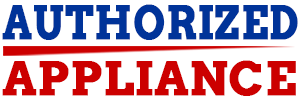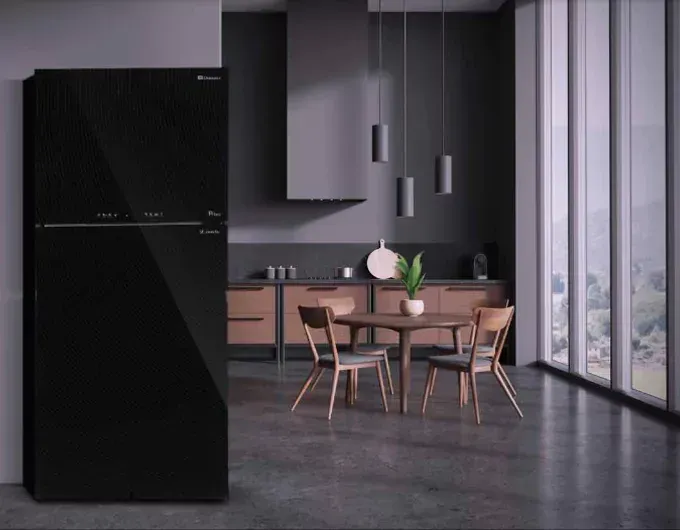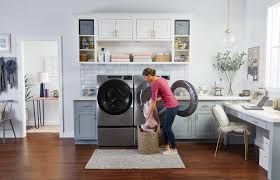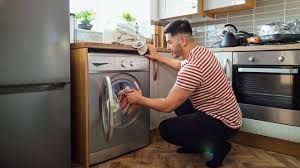Most Asked Questions About Dryer Repair and Their Answers
Q: Why is my dryer not heating?
A: A dryer that isn't heating is often due to a blown thermal fuse, a faulty heating element, or issues with the thermostat. The thermal fuse is a safety device that shuts off the dryer if it overheats. Check the thermal fuse and replace it if needed. Additionally, inspect the heating element and thermostat for any signs of damage or malfunction and replace them if necessary. Ensure that the dryer is properly plugged in and the circuit breaker is not tripped.
Q: Why is my dryer making loud noises?
A: Loud noises from a dryer can be caused by several factors, including worn-out drum rollers, a faulty belt, or an issue with the motor. Inspect the drum rollers and replace them if they show signs of wear. Check the dryer belt for any damage or slippage and replace it if necessary. If the noise persists, the motor might be the culprit and may need professional attention to repair or replace it.
Q: Why is my dryer taking too long to dry clothes?
A: A dryer taking too long to dry clothes can be due to a clogged lint filter, a blocked vent hose, or issues with the heating element. Clean the lint filter after every use to ensure proper airflow. Check the vent hose for any blockages or kinks that might restrict airflow. If these components are clear, inspect the heating element for any damage and replace it if needed to restore proper drying efficiency.
Q: Why won't my dryer start?
A: If your dryer won't start, the problem could be with the door switch, start switch, or thermal fuse. Ensure the door is fully closed, as the dryer won't start if the door switch is faulty. Test the start switch for continuity using a multimeter and replace it if it’s defective. Additionally, check the thermal fuse and replace it if it's blown, as this can prevent the dryer from starting.
Q: Why is my dryer not spinning?
A: A dryer that isn’t spinning usually indicates a broken drive belt, worn drum rollers, or a faulty motor. Check the drive belt to see if it's broken or slipped off the pulleys and replace it if needed. Inspect the drum rollers for wear and replace them if they’re not rolling smoothly. If the belt and rollers are in good condition, the motor might be the issue and may need professional repair or replacement.
Q: Why is my dryer overheating?
A: Overheating in a dryer can be caused by a clogged lint filter, a blocked vent, or a malfunctioning thermostat. Clean the lint filter and check the vent for any blockages to ensure proper airflow. Inspect the thermostat to ensure it’s functioning correctly and replace it if it’s not regulating the temperature properly. Regular maintenance and cleaning can help prevent overheating issues.
Q: Why is my dryer stopping mid-cycle?
A: A dryer stopping mid-cycle can be due to a faulty door switch, a broken drive belt, or an overheating motor. Ensure the door is securely closed and the door switch is functioning properly. Check the drive belt for any damage and replace it if necessary. If the dryer motor is overheating, it might have a thermal overload protector that shuts it off; let the motor cool down and ensure it has proper ventilation.
Q: Why does my dryer smell bad?
A: A bad smell from a dryer can be caused by lint buildup, mold, or a foreign object stuck in the drum. Clean the lint filter and vent hose to remove any trapped lint. Check the drum for any foreign objects that might have been left in pockets. If you notice a moldy smell, wipe down the interior of the dryer with a mixture of vinegar and water to eliminate any mold or mildew.
Q: Why is my dryer leaving clothes damp?
A: If your dryer leaves clothes damp, it might be due to a clogged lint filter, a blocked vent, or a malfunctioning heating element. Clean the lint filter and check the vent for any obstructions that could be restricting airflow. Inspect the heating element to ensure it’s working correctly and replace it if necessary. Additionally, make sure you’re not overloading the dryer, as this can prevent proper drying.
Q: Why is my dryer tripping the circuit breaker?
A: A dryer tripping the circuit breaker can indicate an electrical problem such as a short circuit, a faulty heating element, or an overloaded circuit. Check the power cord and outlet for any signs of damage. Inspect the heating element for any signs of a short circuit and replace it if needed. Ensure the dryer is not sharing the circuit with other high-power appliances to avoid overloading the circuit. If the problem persists, consult a professional electrician to inspect the wiring and circuit breaker.




